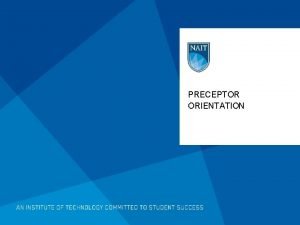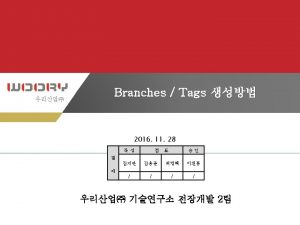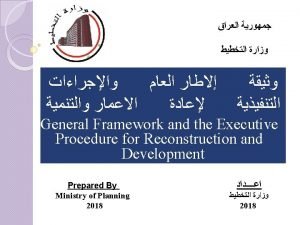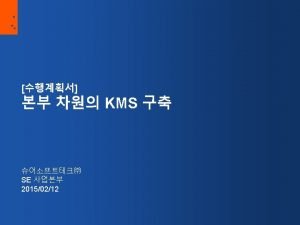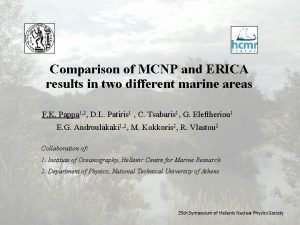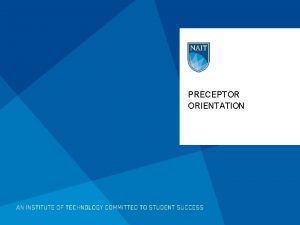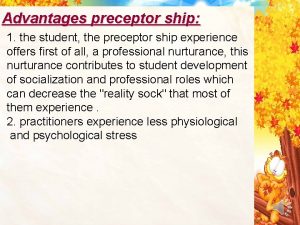PRECEPTOR ORIENTATION PRECEPTOR ORIENTATION Thank you for your












- Slides: 12

PRECEPTOR ORIENTATION

PRECEPTOR ORIENTATION • Thank you for your commitment to professional development by agreeing to mentor and evaluate a PCP/ACP student.

PRECEPTOR ORIENTATION • The comparative practitioner levels for Alberta and Canada are as follows: Alberta EMR PCP ACP Canada EMR Primary Care Paramedic (PCP) Advanced Care Paramedic (ACP) Critical Care Paramedic (CCP)

OBJECTIVES OF THE AMBULANCE PRACTICUM • EMT Practicum Assessment of student competency in individual skills and overall efficacy as a graduate primary care paramedic. • ACP Intermediate Practicum Assessment of student competency in individual skills and overall efficacy as a first year paramedic student using the didactic knowledge he/she has received since their PCP training. This includes all didactic material except for 3 rd semester courses. • ACP Advanced Practicum Assessment of student competency in individual skills and overall efficacy as a graduate advanced care paramedic.

WHO SETS THE EXPECTATIONS? • Alberta College of Paramedics (ACP) The Alberta College of Paramedics directs scope of practice through the Alberta Occupational Competency Profile (AOCP). • Paramedic Association of Canada The Paramedic Association of Canada defines scope of practice through the National Occupational Competency Profile (NOCP).

The Definition of Competency for this Practicum A competency is defined as a behavior (or set of behaviors) that demonstrates or reflects an element or elements such as knowledge, skills or attitudes required by an individual to perform a given task at entry to a profession. Individual evaluation of physical application is required.

The Definition of Proficiency for this Practicum • NAIT supports the following definition of proficiency: – Consistency (the ability to repeat practice techniques and outcomes; this requires performance more than once in the appropriate performance environment) – Independence (the ability to practice without assistance from others) – Timeliness (the ability to practice in a time frame that enhances patient safety) – Accuracy (the ability to practice utilizing correct techniques and to achieve the intended outcomes) – Appropriateness (the ability to practice in accordance with clinical standards and protocols outlined within the practice jurisdiction)

Steps to Competency • First the student learns the academics (Academic “A” competencies tested) • Secondly, the student learns practical skills in labs and scenarios at NAIT (Simulation “S” competencies tested) • Thirdly, the student works under the direction of a skilled practitioner who assesses the competencies listed as (Preceptorship “P” on ambulance practicum and Clinical “C” on hospital practicum)

Evaluating your student Completion of competencies Each competency performed at the appropriate level is signed off by the preceptor on the Final Evaluation of Mandatory Competencies form. Each competency must be performed a minimum of two times (three times on the paramedic advanced ambulance practicum). Clinical competencies that are not signed off on hospital rotations can be signed off on ambulance practicum.

Evaluating Competencies 1. Only the competencies to be assessed in the ambulance practicum are included in Comp. Tracker. 2. Refer to the Comp. Tracker system or the NOCP http: //www. paramedic. ca/site/nocp? nav=02 to assure that the student performs the competency at the appropriate level. 3. The student must perform the competency at a satisfactory level without coaching.

Preceptor Responsibilities 1. Initial/date skill evaluation of competencies listed for the rotation 2. Verify attendance by initialing 3. Complete Midterm Evaluation form 4. Complete learning needs assessment if there is a deficiency to be discussed with the Practicum Coordinator and student 5. Complete Professional Behaviours form as needed 6. Complete Preceptor Final evaluation form 7. Complete Preceptor Program evaluation form

THANK YOU for your Valuable Contribution to Prehospital Medicine
 Q and a criteria for judging
Q and a criteria for judging Thank you note to preceptor after orientation
Thank you note to preceptor after orientation Thank you note to preceptor after orientation
Thank you note to preceptor after orientation Thank you for your attention if you have any questions
Thank you for your attention if you have any questions Welcome to disneyland
Welcome to disneyland Thank you very much for your attention.
Thank you very much for your attention. Thank you for your purchase order
Thank you for your purchase order Thank you listening
Thank you listening Thank you for your kind attention
Thank you for your kind attention Enquiry for quotation
Enquiry for quotation Intitle:thank you for your order! intext:plr or mrr
Intitle:thank you for your order! intext:plr or mrr Eures
Eures Thank you for your attention
Thank you for your attention

